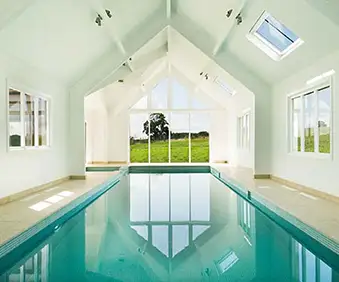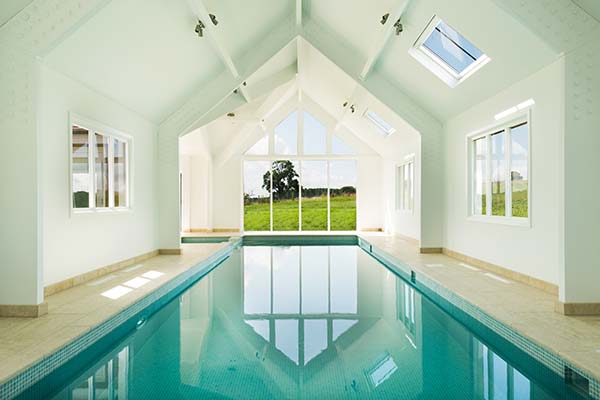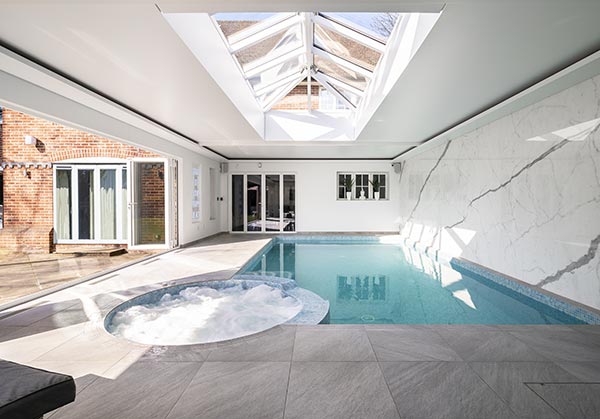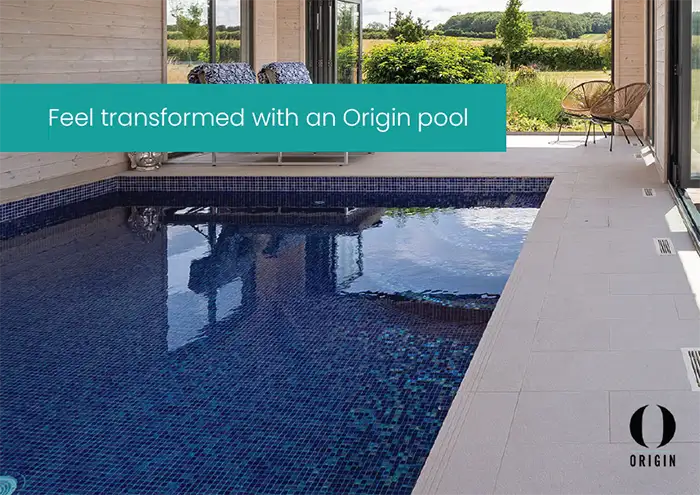How Much Does It Cost To Run An Indoor Pool?
Running costs for indoor pools vary greatly depending on the style of swimming pool, its location, the type and grade of enclosure structure, dehumidification, circulation and chemical control. Water and air temperatures, heat sources and seasonal influences can also affect costs. Design and construction are critical to achieving cost-effective operations when it comes to the daily running costs of your indoor pool, so it makes sense to go with a company like Origin, who do it all.
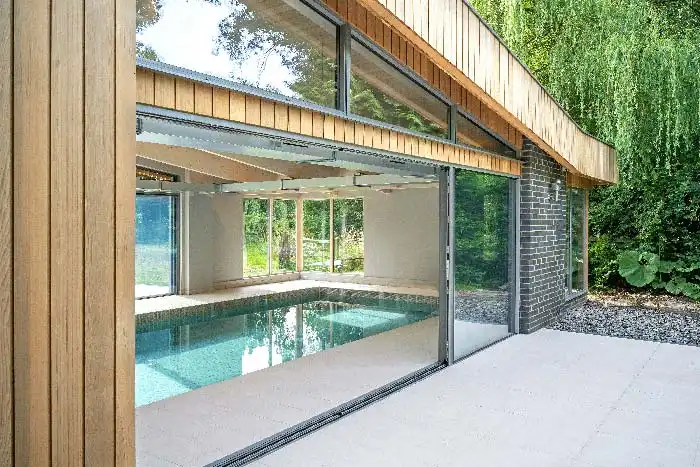
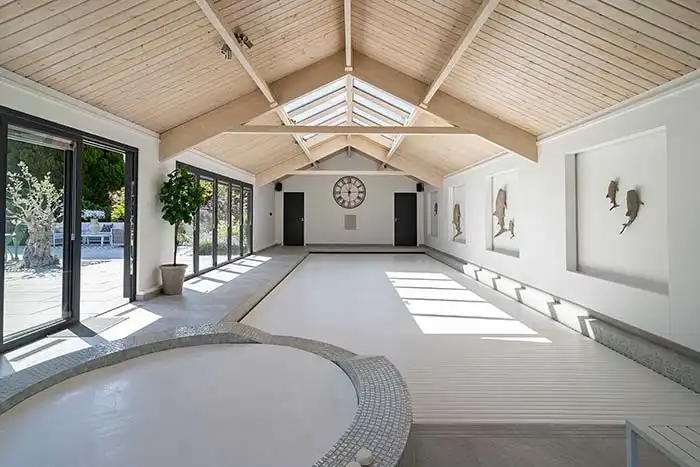
5 Simple Ways To Keep Down Your Indoor Swimming Pool Costs
Over 70% of heat is lost through surface water evaporation, so a good quality swimming pool cover is a sound investment. Their function is both heat and vapour retention; lost heat requires replacement and vapour escaping into the pool room environment will require additional dehumidification to protect the building. There are many types to choose from, both manual and automatic, from solar covers to insulated foam heat retention to rigid PVC slatted to fabric safety covers, a range to suit every application and budget.

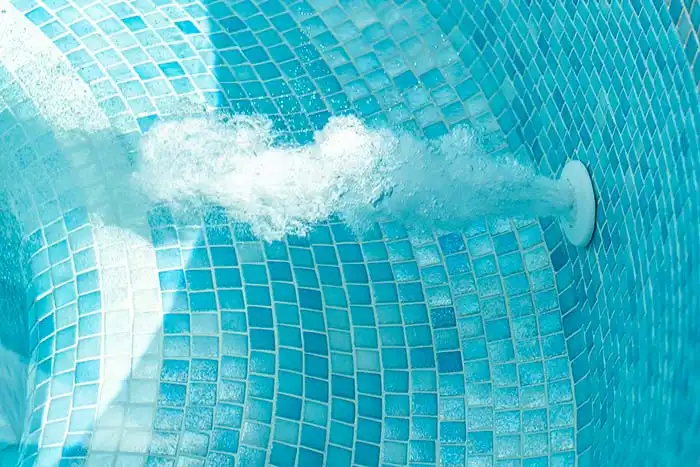
Again, design, maintenance and awareness are all factors that contribute to efficiency. With some systems, 24-hour plant operation is required, but with others, it may be possible to run the circulation pump and filtration for a reduced number of hours per day. For pools where the use range is extreme from little to constant use, we have the option of a variable speed pump to meet both demands efficiently; a 50% reduction in pump speed equals 50% energy saving. Most energy providers will offer a range of packages, including reduced rate overnight electricity. Again, the suitability of these arrangements depends on the design of your pool and how you wish to use it.
Maintaining every aspect of your pool’s plant equipment, water balance and pool room environmental conditions is a prerequisite to achieving the correct running cost for your application. When it comes to pool water, things can go wrong very quickly and a large volume of chemicals, as well as water replacement, reheating and labour hours, will be necessary to restore the pool water quality. Understanding and knowledge are the keys to your comfort and the efficient operation of your pool.
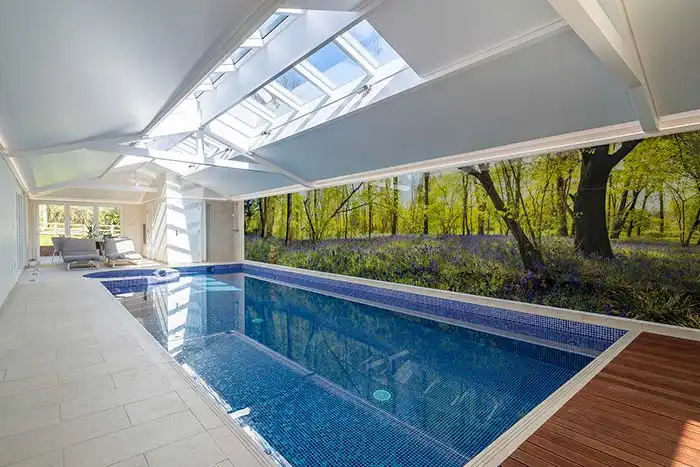

How you wish to use your pool will significantly affect the water temperature you choose to maintain. If your pool is for vigorous exercise, the water may be cooler than if you are relaxing and less active.
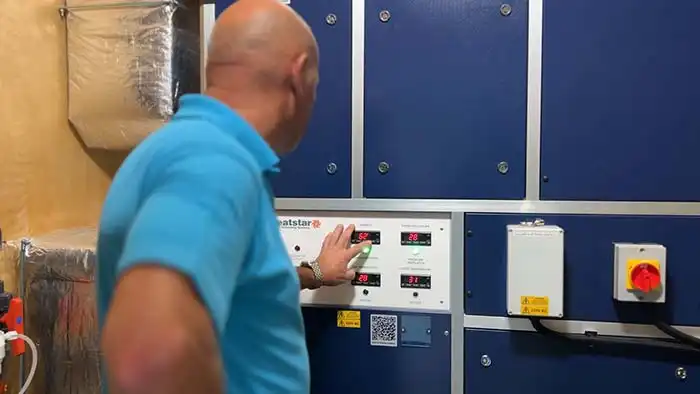
So, the heating of your indoor pool starts with you and the temperature at which you wish to swim. Once this is established, the air temperature can be considered. Too cold will encourage greater humidity and condensation, increasing the work required by your environmental control equipment to protect the building and running costs. Set-back devices fitted on some units allow for a reduced air temperature when the pool cover is closed via either a dual-setting time clock or an electronic link to the pool cover.
While it may seem like a minor consideration, choosing the most energy-efficient lighting for your pool will reduce running costs, especially during the darker winter months. Consider LED long-life lighting as, while these will be slightly more expensive, they use up to 75% less energy, last longer and will save having to regularly replace lamps in hard-toreach areas, such as over the swimming pool.
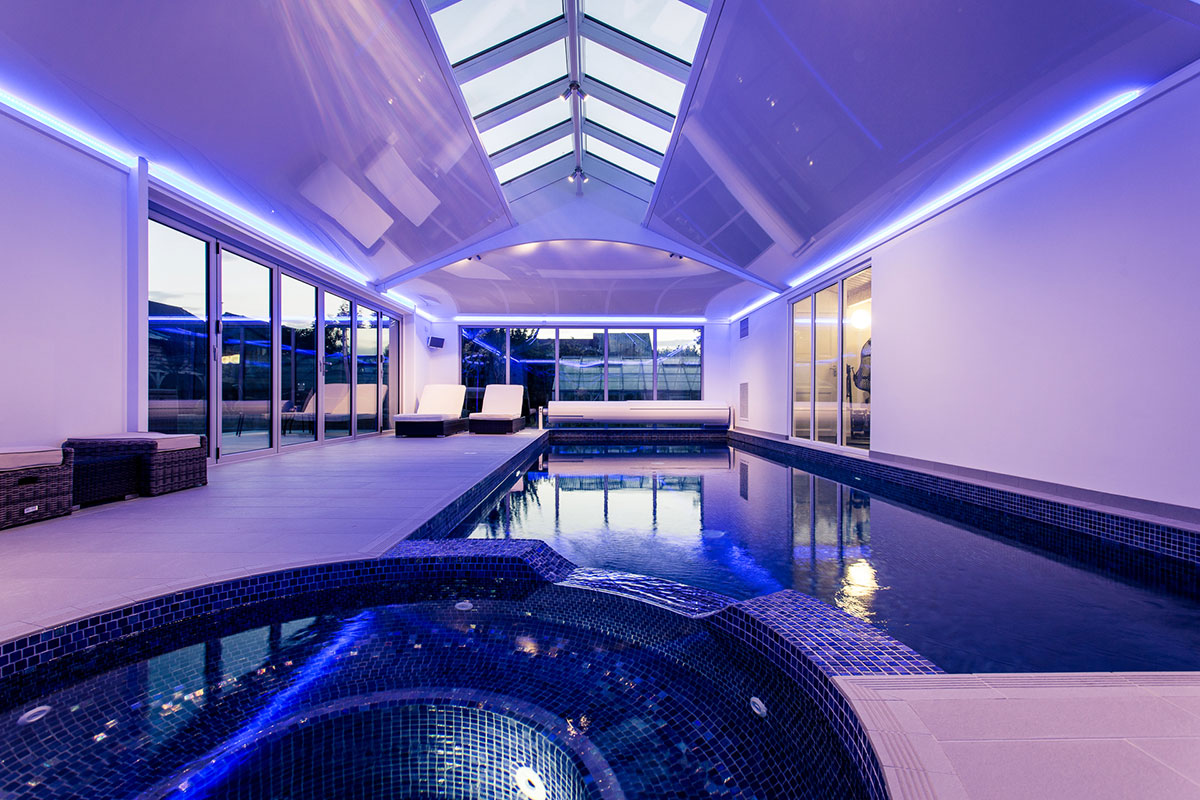

While it may seem like a minor consideration, choosing the most energy-efficient lighting for your pool will reduce running costs, especially during the darker winter months. Consider LED long-life lighting as, while these will be slightly more expensive, they use up to 75% less energy, last longer and will save having to regularly replace lamps in hard-toreach areas, such as over the swimming pool.
5 Energy Decisions To Make Before Building Your Swimming Pool
Air Source Heat Pump.
ASHPs are a form of renewable energy technology used for heating and cooling buildings. They work by extracting heat from the outside air (even in cold temperatures) and transferring it indoors to heat the building. ASHPs are highly efficient, especially when compared to traditional heating systems that rely on fossil fuels. They typically have a coefficient of performance (COP) ranging from 2.5 to 4.5, meaning they can generate 2.5 to 4.5 units of heat for every unit of electricity consumed.
Ground Source Heat Pump.
A ground-source heat pump can be considered where plenty of land is available. GSHPs are a type of renewable energy that provides heating and hot water for indoor pool buildings. They work by transferring heat from the ground into the pool water and building heating system. They utilise pipe, typically buried underground, filled with a mixture of water and antifreeze called a "ground loop.” The effectiveness of a GSHP depends on the size of the ground loop and the heat demand of the building.
5 Energy Decisions To Make Before Building Your Swimming Pool
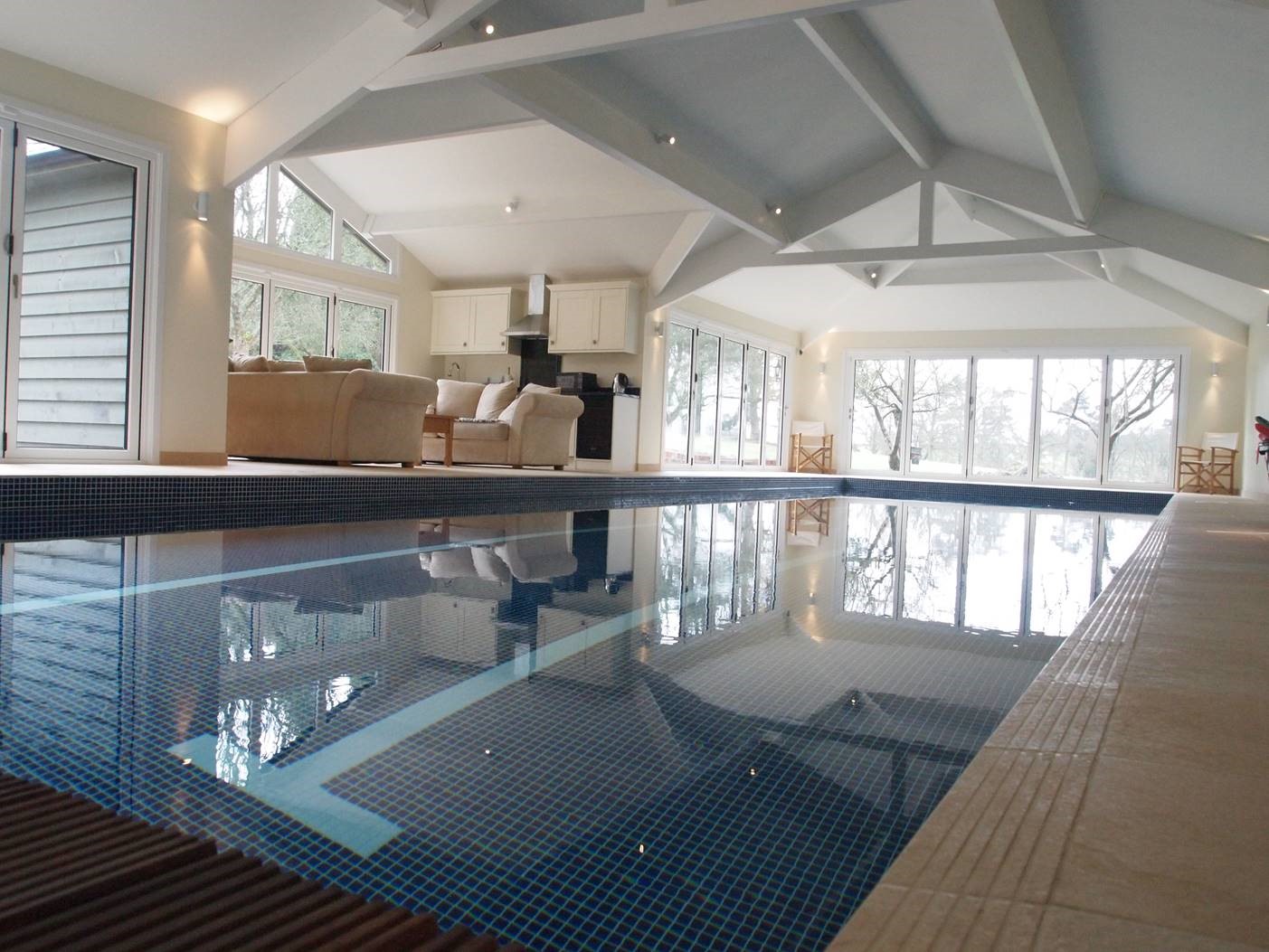
Air Source Heat Pump.
When specified correctly, these units operate electrically effectively magnifying the heat energy in our atmosphere up to a ratio of 6 units of energy output at a production cost of 1 unit. This is with the best of conditions, the units reduce but remain in healthy positive territory until the worst of conditions are present.
Ground Source Heat Pump.
Where plenty of land is available, a ground source heat pumps can be considered. The installation process is more complex and expensive, with hundreds of metres of pipe being laid underground. However once installed, the system is more efficient during the winter months as the underground collectors absorb heat energy available. This is then maintained at a greater temperature than the above ground atmosphere, giving natural heat energy from the ground to warm your swimming pool, all year round.

Solar PV panels convert sunlight directly into electricity. Each solar panel system has a number of solar PV (photovoltaic) cells which capture the sun's energy. An inverter then converts the energy from the solar cells into electricity for your indoor pool. Your pool will use this power as you generate it and you'll import any extra you need from the grid. The energy generated in the daytime can be stored in solar batteries so that you can keep using the power whenever you need it, even once the sun has set.
Many of our customers choose to include bi-folding doors in their pool houses, to let in an abundance of light and open their swimming pool building, connecting it with the garden. The wide expanse of glass, however, need not be a source of heat loss. Choose bi-folding doors with the best U-Value, which indicates the insulation of a material. All our indoor swimming pools use British manufactured, double glazed bi-folding doors from Origin. These can achieve a U Value of 1.67 W/(m2K). We also recommend choosing Argon filled double glazing and thermally broken frames to make the doors as high performance as possible.
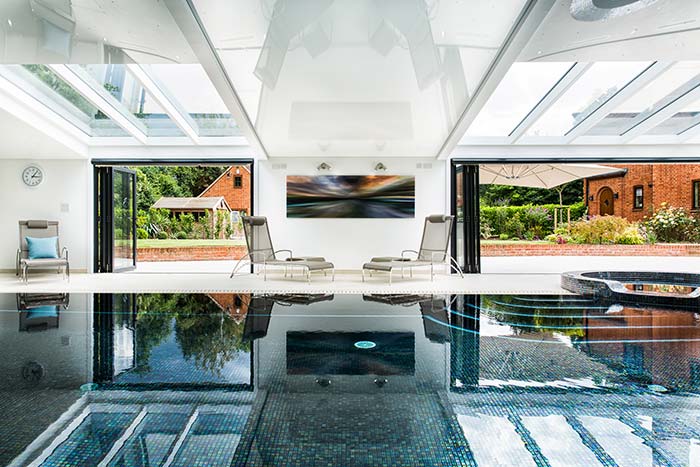

Many of our customers choose to include bi-folding doors in their pool houses, to let in an abundance of light and open their swimming pool building, connecting it with the garden. The wide expanse of glass, however, need not be a source of heat loss. Choose bi-folding doors with the best U-Value, which indicates the insulation of a material. All our indoor swimming pools use British manufactured, double glazed bi-folding doors from Origin. These can achieve a U Value of 1.67 W/(m2K). We also recommend choosing Argon filled double glazing and thermally broken frames to make the doors as high performance as possible.
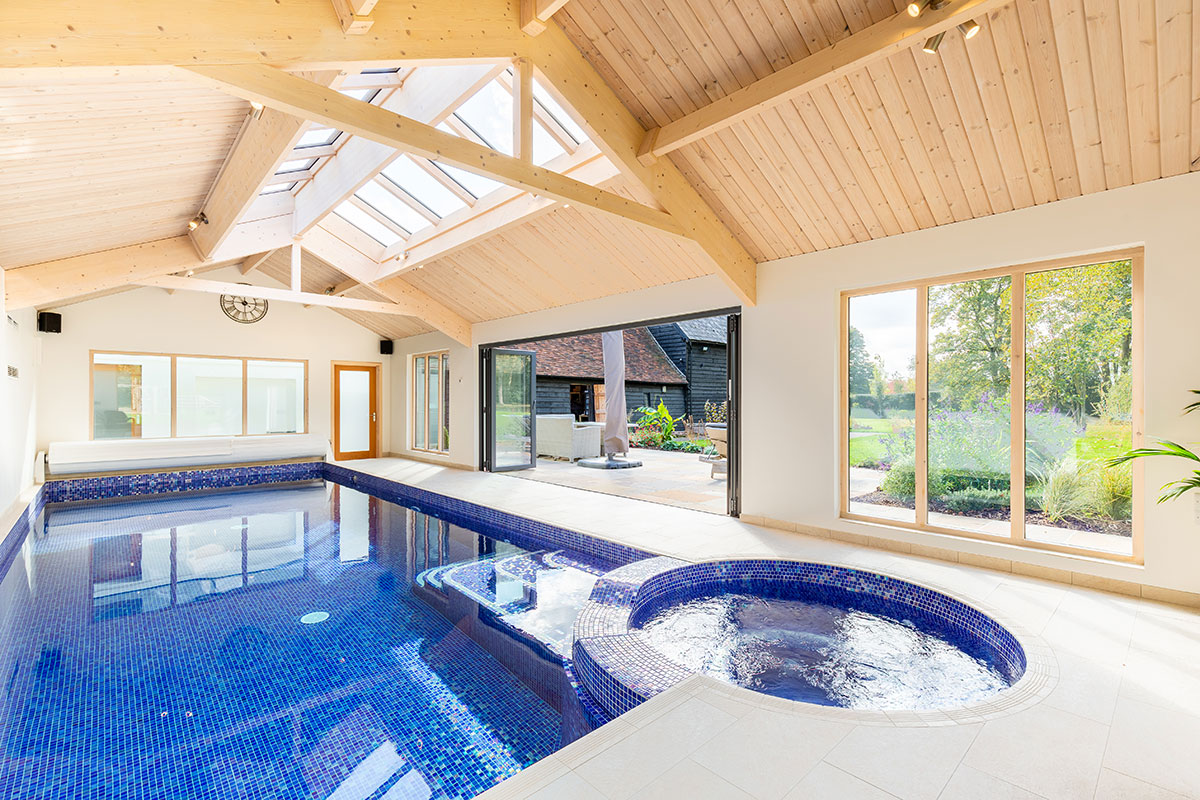
Without proper insulation, the walls of your swimming pool will also be a source of heat loss. Adding thermal insulation around the pool chamber at the building stage helps retain heat and save costs in the long term. The insulation is installed underneath the concrete at the bottom of the pool and on the outside walls of the pool chamber. Inside the pool building, the floors, walls and roof are insulated to reduce heat loss and ensure your building meets any relevant Building Regulation U Value requirements.
Our experts are on hand to talk through any queries you have about energy efficiency, running costs and renewable energy options. If you have any questions, big or small, call 01895 823366 and see how Origin can help you.
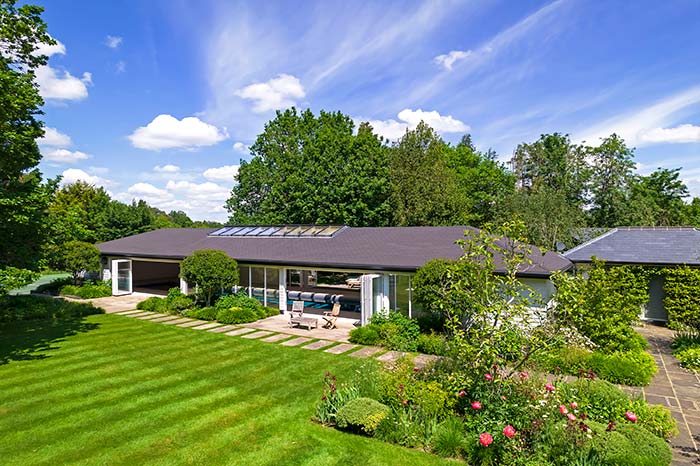
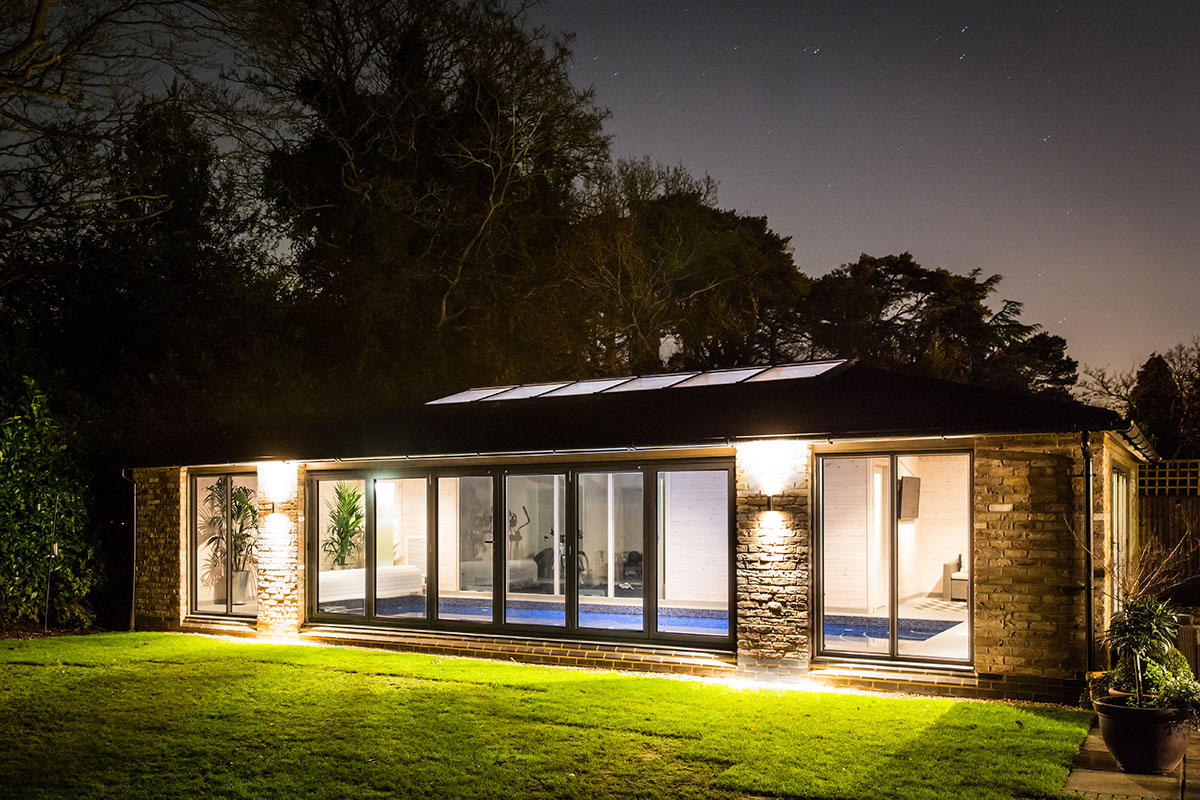
Our experts are on hand to talk through any queries you have about energy efficiency, running costs and renewable energy options. If you have any questions, big or small, call 01895 823366 and see how Origin can help you.


 Locations Covered
Locations Covered
